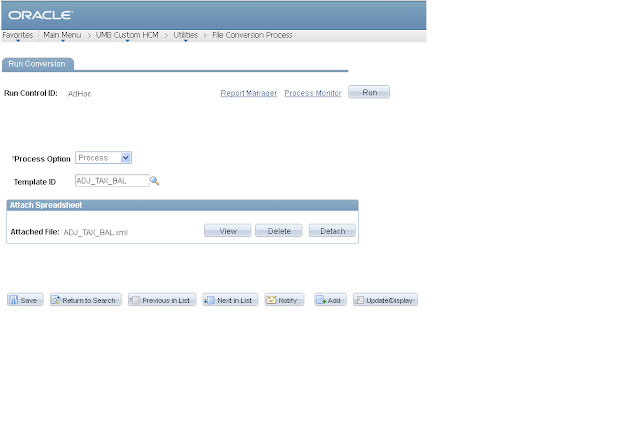First, you need to Register you transaction by navigating to Set Up HRMS>>Common Definitions>>Approvals>>Workflow Transactions. Add a row to the Grid and configure your custom AWE transaction. I used my AWE process id as the transaction Name, select a category and give it a description.
On the Details2 Tab associate your Process Id and configure the delegation options of Initiation and/or Approvals. For this blog we are only configuring the Approval option.
Now we are ready to Configure our transaction for Delegation approval. Navigate to Set Up HRMS>>Common Definitions>>Delegation>>Configure Transactions and Add a new value for our custom transaction, then enter our Delegate Role and the component used to approve our transaction.
Finally, navigate to your custom AWE transaction using Enterprise Components>>Approvals>>Approvals>>Transaction Configuration. Once there add the HCSC_USER_UTILITIES application package and the UserUtilities path to the User Utilities configuration.
Now your users can delegate approvals to your custom AWE process id.






